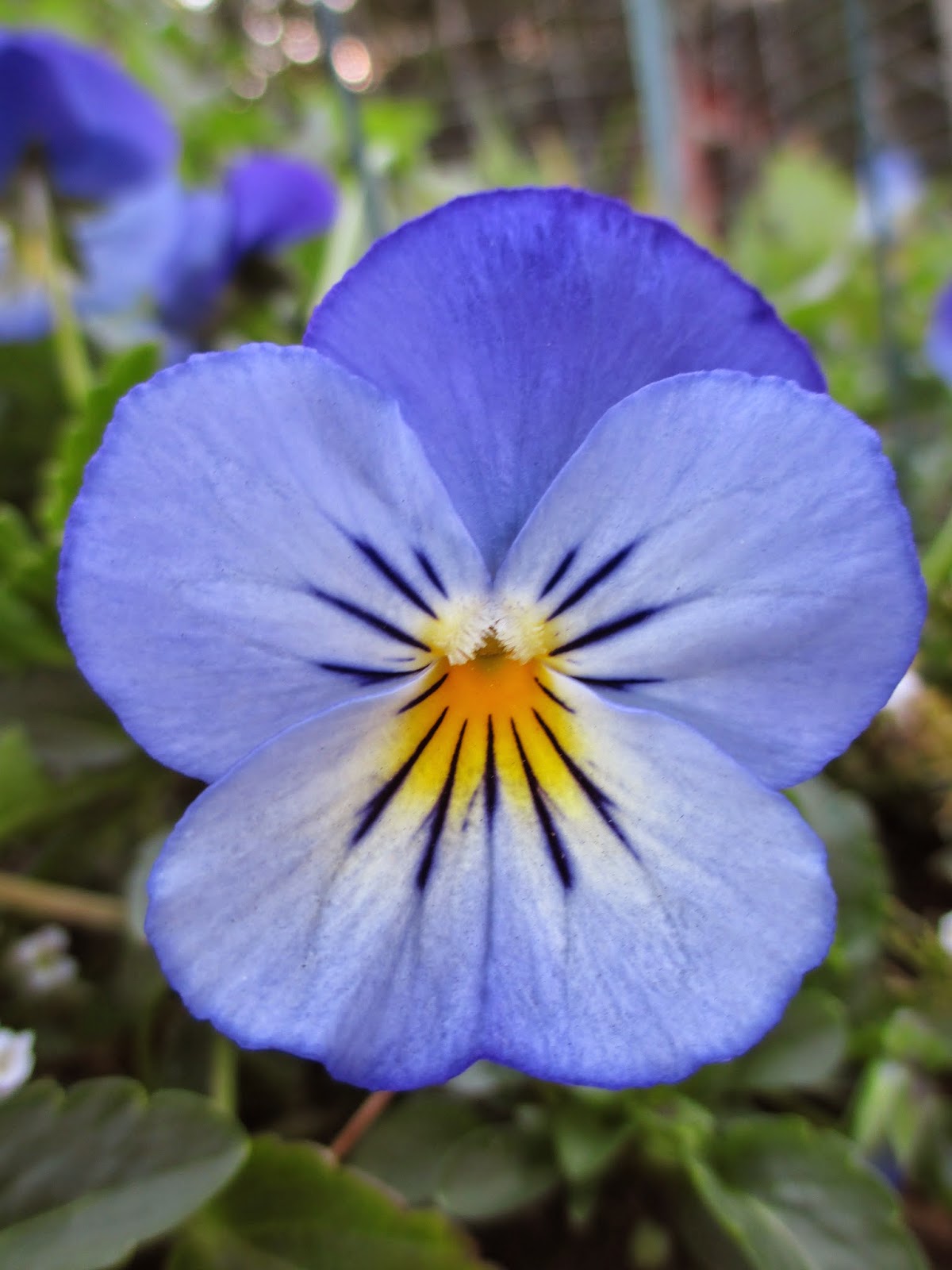Yes, sir! It will add some zip to your tacos. Sriracha sauce is our favorite hot sauce. Made of red chili peppers, it's heat can vary depending on what peppers you use. This fiery sauce is made of serrano and poblano chiles.
 |
| Serrano chili peppers |
 |
| Poblano chili peppers |
It is the second batch my husband made since fall, and this one is much hotter than the first. He said he used more serrano and less poblano with this batch. Next time we may want to tone it down a bit. This stuff is HOT.
I grew up in the Palm Springs area, eating Mexican food. It's my favorite, probably due to wonderful restuarants like the Jolly Jug which closed long ago. I still dream about their chili verde and their incredible homemade tortillas. I guess it makes sense that my favorite condiment is hot sauce. I was hoping for a good crop of chiles to make some homemade sauce. It seemed to take forever for them to mature, but our serrano and poblano peppers were worth the wait. Planted in the spring, they grew ever so slowly but finally produced a large crop. I had one plant of each variety and this is what was left after using them for cooking, and drying lots of them to be used later.
The poblano peppers are interesting in that they are actually called ancho-poblano peppers. When they are harvested while green they are referred to as ancho. Ancho chiles make wonderful chili rellenos. Once they have matured and turned red, they are called poblano. We eat them both ways but to keep the sauce a pretty red color, none of the green anchos were used for the sauce.
Here is the recipe:
1 pound mixed red chiles, stemmed then chopped. (If you prefer a milder sauce, remove the seeds before chopping the chiles. We leave them in.)
3-4 cloves garlic, peeled1/4 cup rice vinegar
1 1/2 teaspoon sea salt, more if desired
2 tablespoons light brown sugar, more if desired
Place all the ingredients into the bowl of a food processor. Pulse to mix ingredients into a coarse paste.
Transfer the paste into a sauce pan and simmer while stirring occasionally for about 5 minutes.
Beware that the aroma may be intense, so opening the windows may be helpful.
Remove from the heat and allow to cool a bit.
Blend the mixture again in the food processor. Add water to make the sauce the consistency you prefer.
Strain the liquid through a mesh strainer into a bowl. Press the solids using a spoon or rubber spatula to press the liquid into the bowl.
Taste the sauce and add more sugar, salt or vinegar as desired.
Allow to cool then place it in a jar or bottle.
Now let's make some tacos!


















































